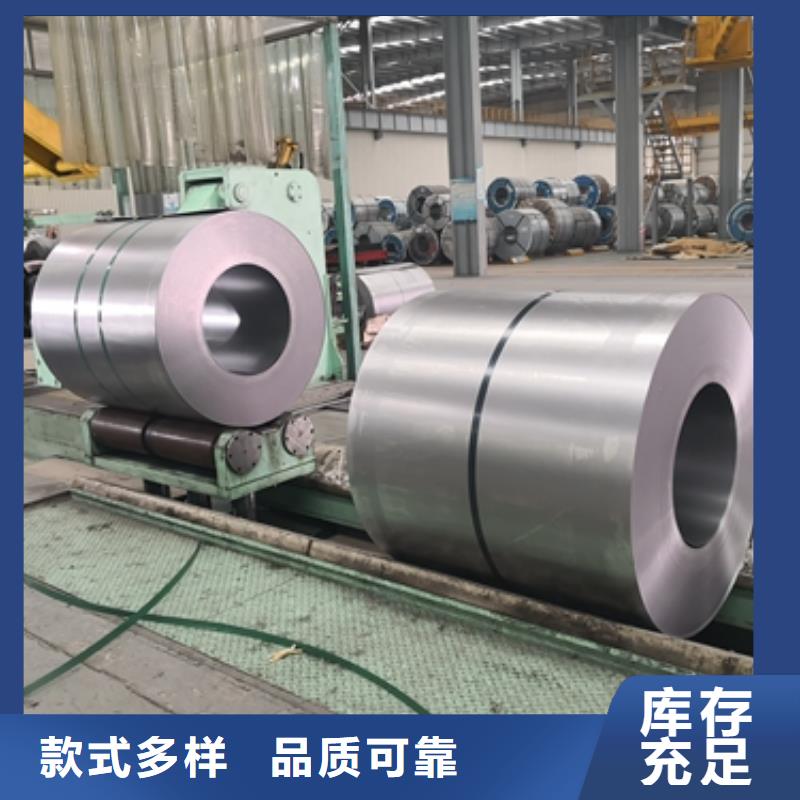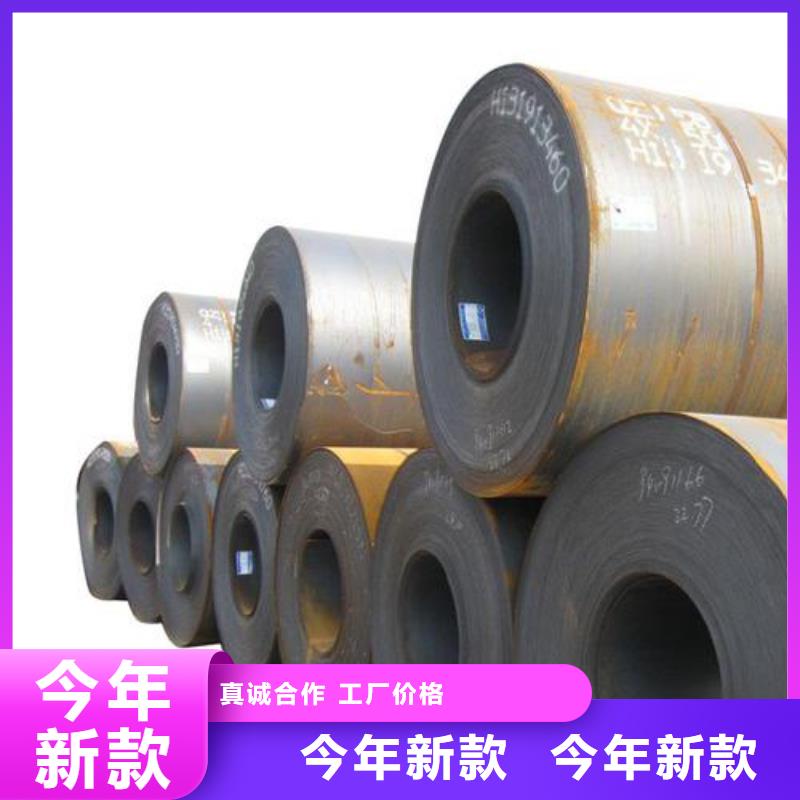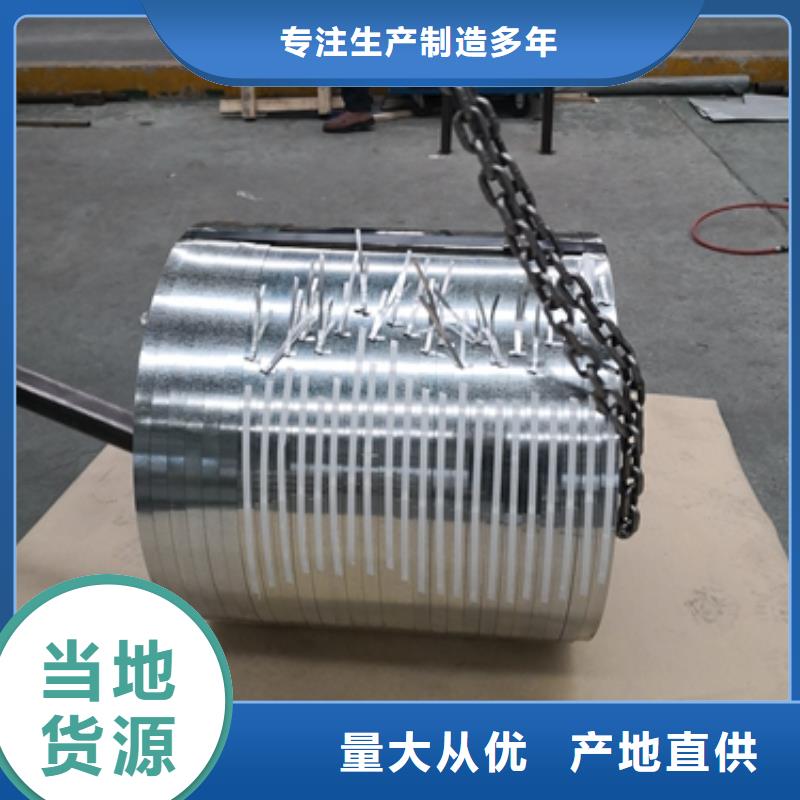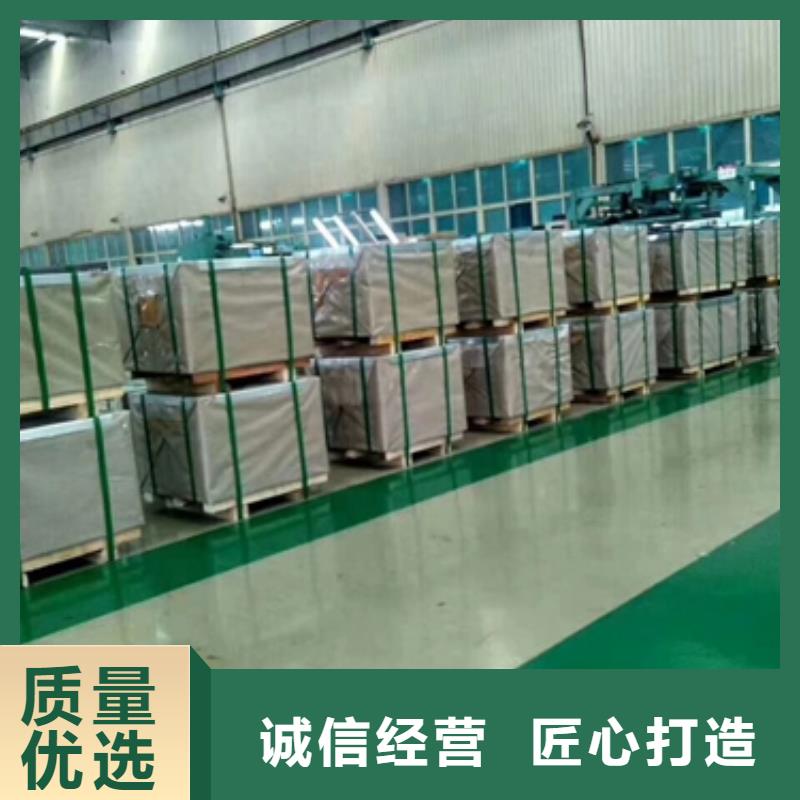準備好領略電工鋼標準新能源高磁電工鋼 B35APV1700產品的風采了嗎?我們為您準備的視頻將帶您走進產品的世界,讓您感受它的獨特之處。
以下是:安徽宣城電工鋼標準新能源高磁電工鋼 B35APV1700的圖文介紹
鹿程國際貿易(宣城市分公司)以合理的價格、熱情的服務態度、精湛熟練的售后保障對您提供優質服務。我們本著交貨迅速、實行三包、跟蹤服務等經營原則竭誠為廣大用戶服務。我公司把顧客放在優先位置,建立起了 汽車車輪用鋼產品售前、售中、售后服務規范,、全過程滿足顧客要求,使我們的 汽車車輪用鋼產品和服務深得顧客的信賴,與顧客建立起了長期合作和互利關系。

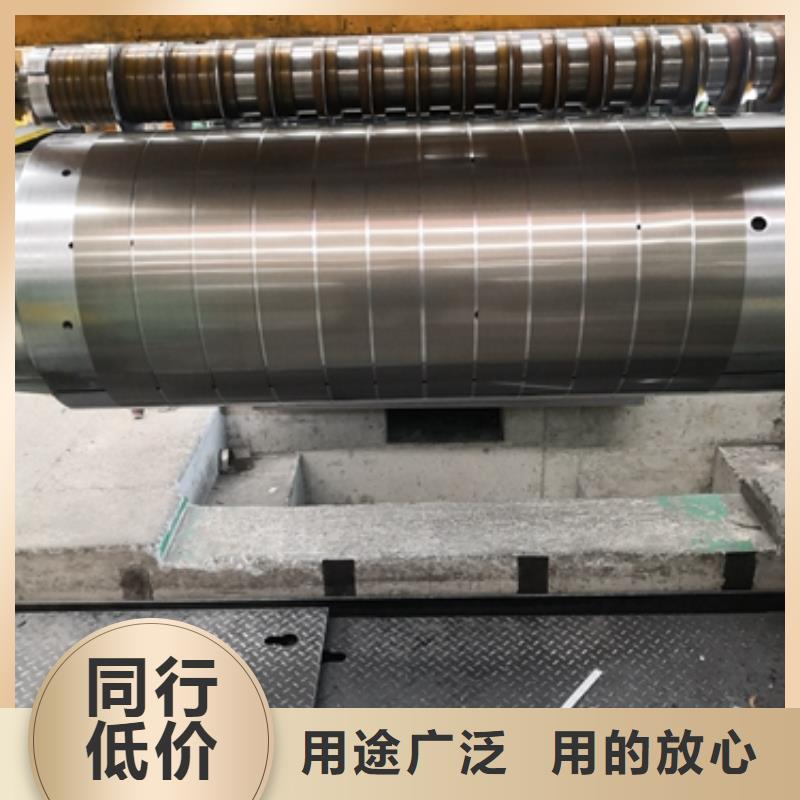
電工鋼硅鋼片Electrical steel, also known as silicon steel sheet, is an indispensable metal material in the power, electronics, and military industries, and is also the largest functional material in production. It is mainly used as the iron core for various motors, generators, and transformers. Since it is a functional material, its performance testing also revolves around "function". These indicators are often mentioned in trade and processing processes, and a brief understanding can help everyone better carry out their work. The performance testing of electrical steel mainly includes the following aspects: magnetic inspection, stacking coefficient inspection, coating adhesion inspection, repeated bending inspection, size and shape surface inspection, and conventional mechanical property inspection. In addition to the types of products listed above, there are also some special purpose electrical steel plates, such as 0.15 and 0.20mm thick 3% Si cold-rolled non oriented silicon steel strips and 0.025, 0.05, and 0.1mm thick 3% Si cold-rolled oriented silicon steel strips, which are used as intermediate and intermediate grade High frequency motors and transformers, as well as pulse transformers, etc; 0.7mm thick 3% Si high-strength cold-rolled non oriented silicon steel plate for relays and power switches; High strength cold-rolled electrical steel plate for new high-speed motor rotors; Low carbon electrical steel hot-rolled thick and cold-rolled plates for magnetic shielding and high-energy accelerator electromagnets such as medical magnetic resonance tomography scanners; 4.5% to 6.5% Si high silicon steel plates for high-frequency motors, transformers, and magnetic shielding.
Generally, motors, transformers, and other electrical components are required to have high efficiency, low power consumption, small size, and light weight. Electrical steel plates are usually guaranteed to have magnetic properties based on core loss and magnetic induction strength. Magnetic induction strength is the number of magnetic lines passing through a unit cross-sectional area of the iron core, also known as magnetic flux density. It represents the material‘s magnetization ability, measured in T. The magnetic induction strength of electrical steel plates is high, and the excitation current (also known as no-load current) of the iron core is reduced. Copper and iron losses are also reduced, which can save electrical energy. When the power of the motor and transformer remains constant, the magnetic induction intensity is high, and the design Bm can be increased. The cross-sectional area of the iron core can be reduced, which reduces the volume and weight of the iron core, and saves the amount of electrical steel plates, wires, insulation materials, and structural materials used. This can reduce the total loss and manufacturing cost of the motor and transformer, and is beneficial for the manufacturing, installation, and transportation of large transformers and motors. The main requirements for the performance of silicon steel are:
1. Low iron loss is the most important indicator of the quality of silicon steel sheets. Various countries classify grades based on iron loss values, with the lower the iron loss, the higher the grade.
2. Under strong magnetic fields, the magnetic induction intensity (magnetic induction) is high, which reduces the volume and weight of the iron core of the motor and transformer, saving silicon steel sheets, copper wires, and insulation materials.
3. The surface is smooth, flat, and the thickness is uniform, which can improve the filling coefficient of the iron core.
4. Good lamination performance is more important for manufacturing micro and small electric motors.
5. The adhesion and weldability of the surface insulation film are good, which can prevent corrosion and improve the punching performan
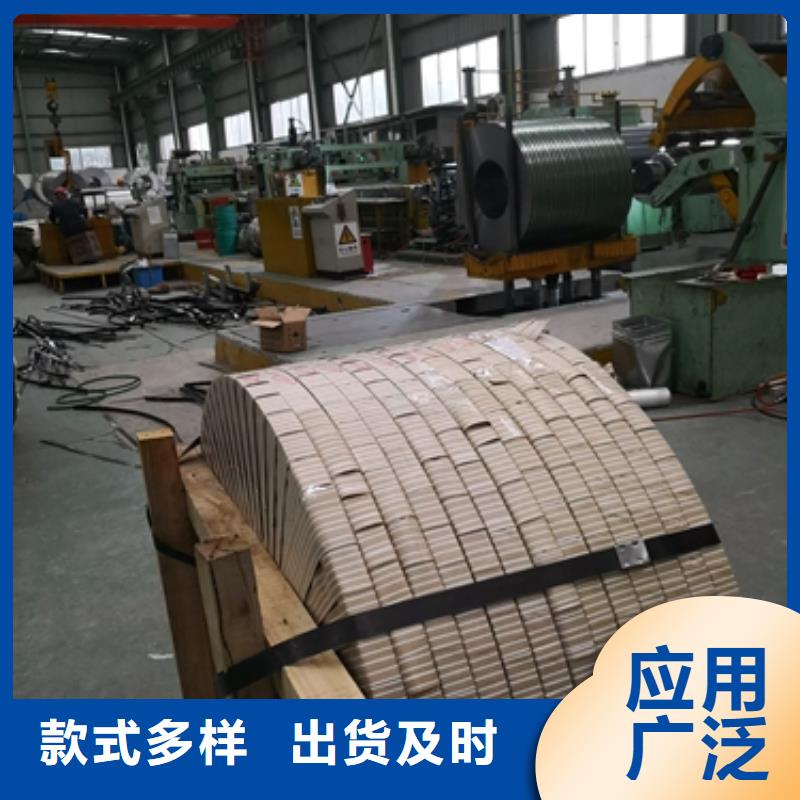
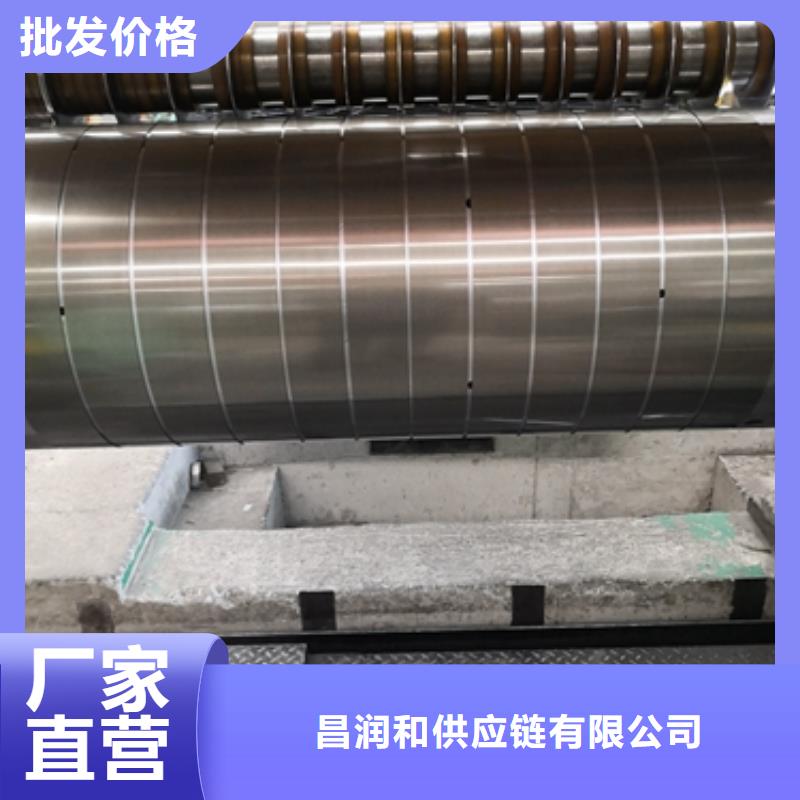
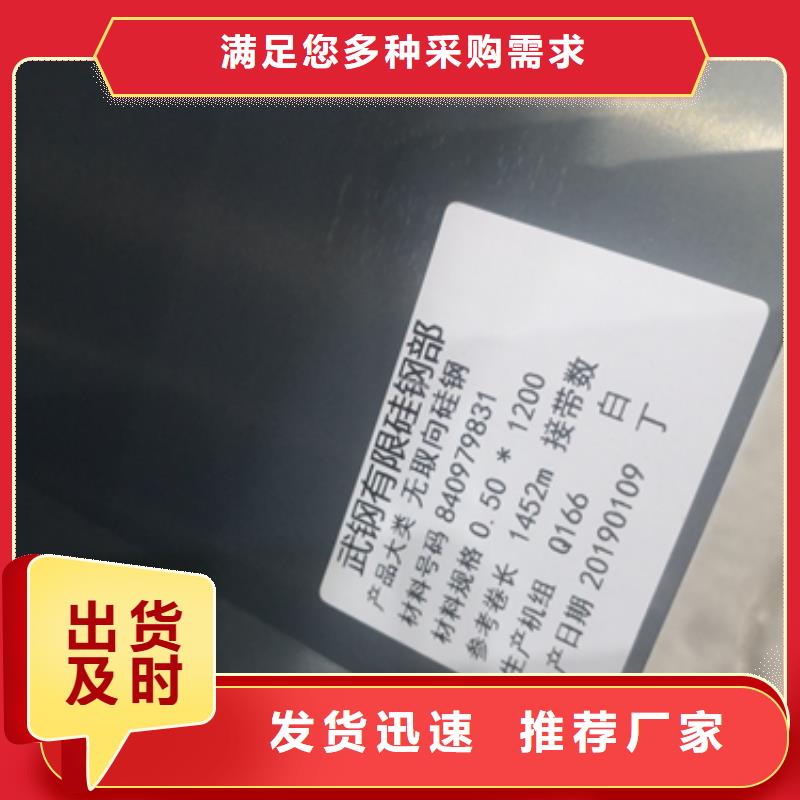
電工鋼硅鋼片硅鋼是一種硅鐵合金。用硅鋼軋制的片材是電工領域中應用廣的軟磁材料,因而硅鋼片又稱電工鋼片。硅鋼片廣泛用于電動機、發電機、變壓器、扼流圈、電磁機構、繼電器及測量儀表中電機工業大量使用厚度為0.35~0.50mm的硅鋼片,用于:中型旋轉機,壓縮電機,通用馬達,小型精密電機,電動汽車,壓縮機,通用電機,電源變壓器,精密變壓器,節能電機,焊機變壓器,穩壓器,磁性密封器,加速器用電磁鐵,汽車電機等;在電信高頻技術中常用0.05~0.20mm的薄帶鋼片,以便更有效地降低渦流損耗。熱軋硅鋼片厚度為0.35~0.50mm,密度為7.55~7.70g/cm3,多用于大、中、小型交、直流電動機;冷軋無取向硅鋼片厚度為0.35~0.50mm,密度為7.65~7.75g/cm3,多用于大型交流發電機、電動機,大、中、小型交、直流電動機;冷軋取向硅鋼片厚度為0.23mm 0.27mm 0.3mm 0.35mm,密度為7.65g/cm3,多用于電力變壓器、油浸式變壓器,干式變壓器,電抗器、磁放大器等;冷軋取向薄帶厚度為0.05~0.20mm,多用于無線電高頻變壓器。
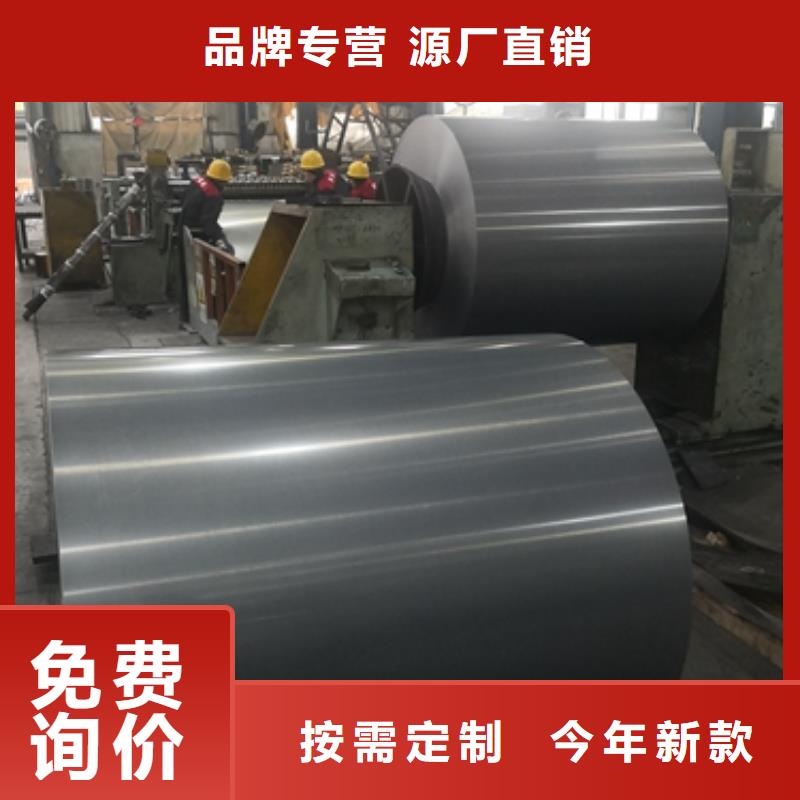
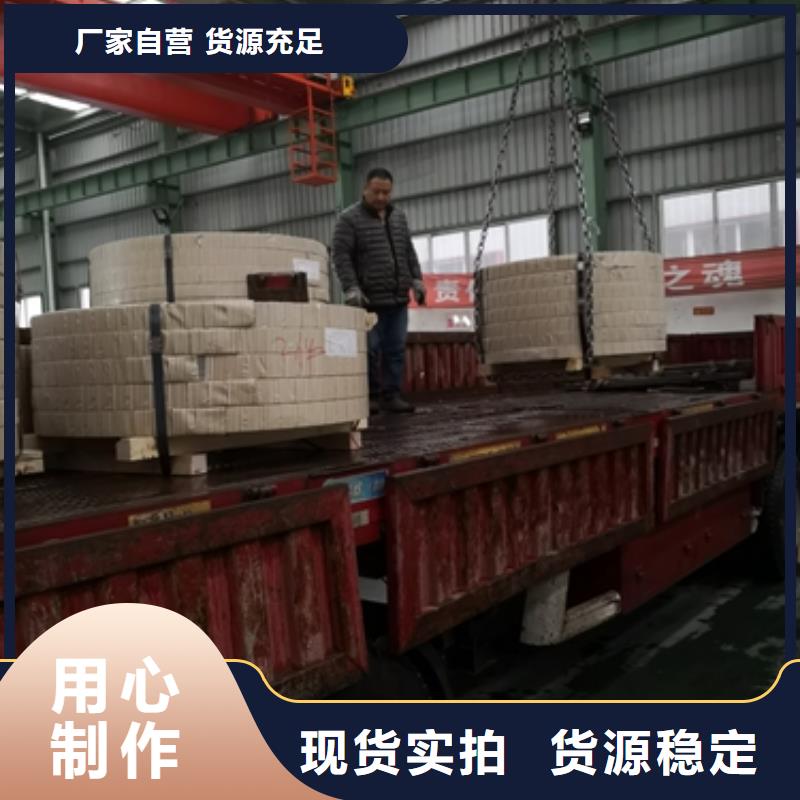
電工鋼硅鋼片本文件規定了公稱厚度為 0.35mm、安徽宣城本地0.50mm 和 0.65mm 全工藝冷軋無取向電工鋼帶的術語和定義、安徽宣城本地分類和代號、安徽宣城本地一般要求、安徽宣城本地技術要求、安徽宣城本地檢驗和試驗、安徽宣城本地包裝、安徽宣城本地標志及檢驗文件等要求。本文件適用于寶山鋼鐵股份有限公司生產的、安徽宣城本地用于磁路結構的、安徽宣城本地以終退火狀態交貨的全工藝冷軋無取向電工鋼帶產品(以下簡稱產品)。2 規范性引用文件下列文件中的內容通過文中的規范性引用而構成本文件必不可少的條款。其中,注日期的引用文件,僅該日期對應的版本適用于本文件;不注日期的引用文件,其 版本(包括所有的修改單)適用于本文件。GB/T 228.1-2010 金屬材料 拉伸試驗 第 1 部分:室溫實驗法GB/T 2521.1 全工藝冷軋電工鋼 第 1 部分:晶粒無取向鋼帶(片)GB/T 2522GB/T 2791電工鋼片(帶)表面絕緣電阻、安徽宣城本地涂層附著性測試方法膠粘劑 T 剝離強度試驗方法 撓性材料對撓性材料GB/T 2900.60 電工術語 電磁學GB/T 3655 用愛潑斯坦方圈測量電工鋼片(帶)磁性能的方法GB/T 4340.1 金屬材料 維氏硬度試驗 第 1 部分:試驗方法GB/T 8170 數值修約規則與極限數值的表示和判定GB/T 9637 電工術語 磁性材料與元件GB/T 17505 鋼及鋼產品交貨一般技術要求GB/T 18253 鋼及鋼產品檢驗文件的類型GB/T 19289 電工鋼片(帶)的密度、安徽宣城本地電阻率和疊裝系數的測量方法YB/T 4292 電工鋼帶(片)幾何特性測試方法Q/BQB 400-2020 冷軋產品的包裝、安徽宣城本地標志及檢驗文件IEC60404-8-4 Specifications for individual materials –Cold-rollednongrain-oriented electrical steel strip and sheet deliveredin the fully-processed state

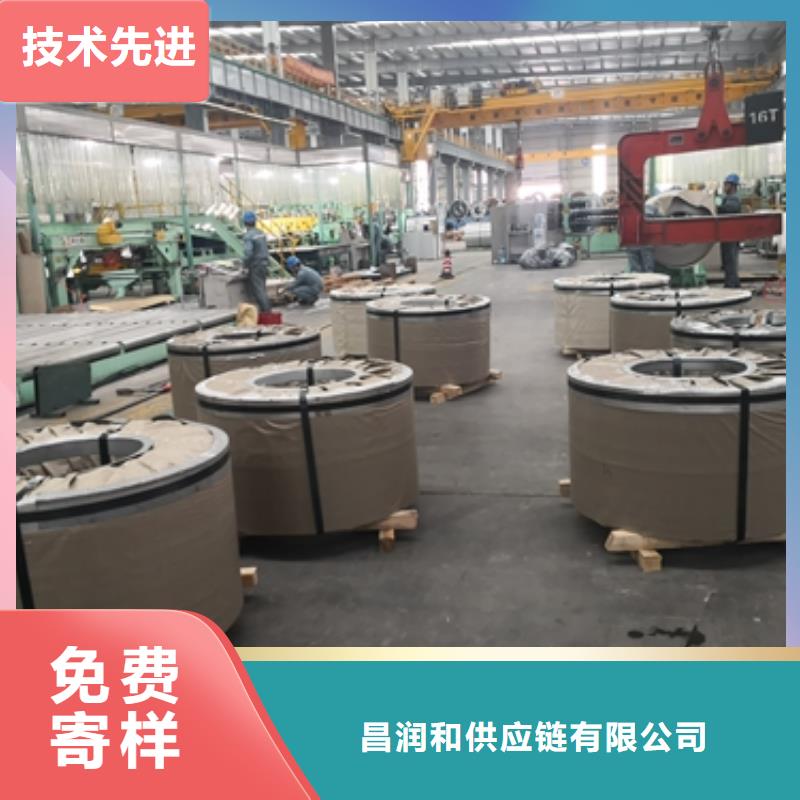
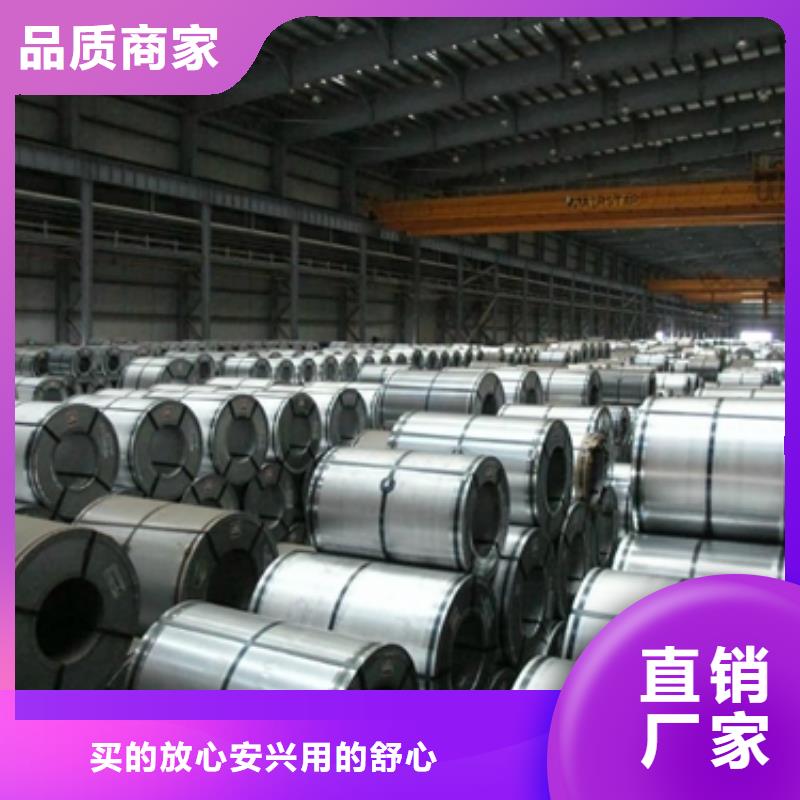
 17za.com
17za.com


